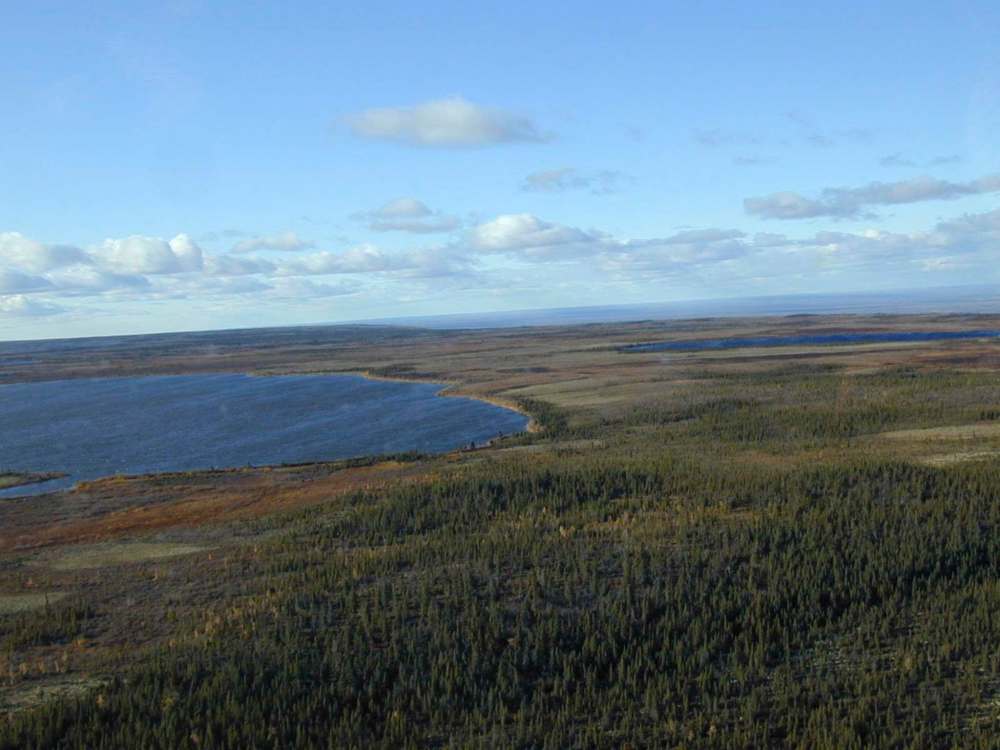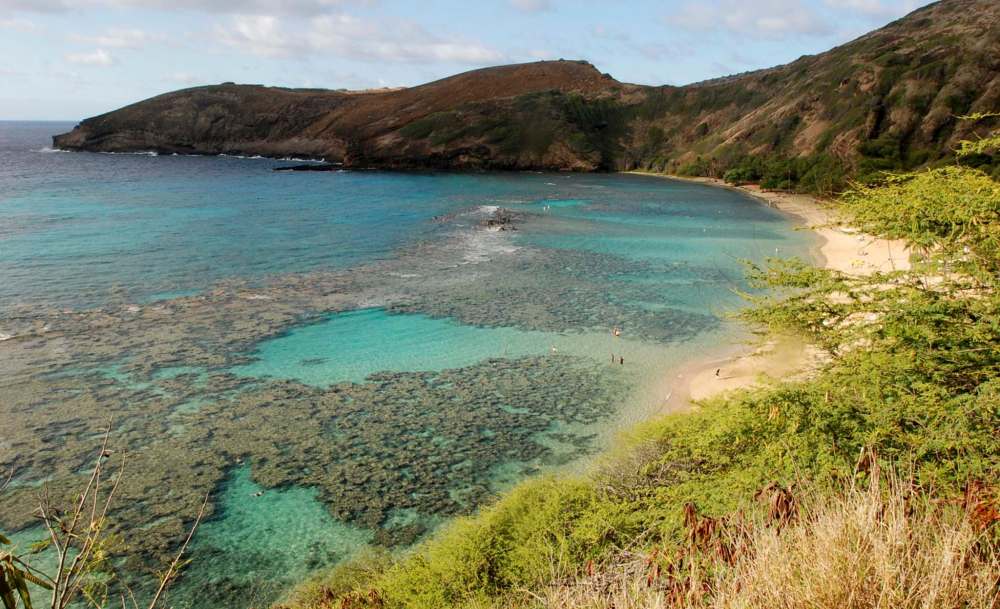Diversity a gift from Indigenous peoples to Canada
Advertisement
Read this article for free:
or
Already have an account? Log in here »
To continue reading, please subscribe:
Monthly Digital Subscription
$0 for the first 4 weeks*
- Enjoy unlimited reading on winnipegfreepress.com
- Read the E-Edition, our digital replica newspaper
- Access News Break, our award-winning app
- Play interactive puzzles
*No charge for 4 weeks then price increases to the regular rate of $19.00 plus GST every four weeks. Offer available to new and qualified returning subscribers only. Cancel any time.
Monthly Digital Subscription
$4.75/week*
- Enjoy unlimited reading on winnipegfreepress.com
- Read the E-Edition, our digital replica newspaper
- Access News Break, our award-winning app
- Play interactive puzzles
*Billed as $19 plus GST every four weeks. Cancel any time.
To continue reading, please subscribe:
Add Free Press access to your Brandon Sun subscription for only an additional
$1 for the first 4 weeks*
*Your next subscription payment will increase by $1.00 and you will be charged $16.99 plus GST for four weeks. After four weeks, your payment will increase to $23.99 plus GST every four weeks.
Read unlimited articles for free today:
or
Already have an account? Log in here »
Hey there, time traveller!
This article was published 19/11/2018 (2566 days ago), so information in it may no longer be current.
At the first land sharing agreement between Indigenous and non-Indigenous peoples along the Red River, the Selkirk-Peguis treaty of 1817, Indigenous leaders signed with their clans and animals. They used a marten, a bear, two fish and a snake.
There are many reasons for this but the most important one is that Indigenous peoples were showing non-Indigenous peoples that they were now a part of a family, a diverse network where humans and non-humans shared space.
Indigenous peoples were teaching non-Indigenous peoples the first and primary law of this place: diversity.

Diversity is inherently about relationships. Different things can only remain different when they work together in a way that doesn’t impede and destroy one another.
It doesn’t matter if we’re talking about insects, animals or human beings: when different beings find a way to live with their differences, that’s diversity.
Diversity is how life grows and thrives.
Diversity could also arguably be the most important gift Indigenous peoples have offered to Canada.
Who do you think introduced the concept of multiculturalism, the idea that newcomers can maintain specific cultures while being a part of a larger community?
Who do you think introduced the concept of democracy, the idea that local communities send representatives to a meeting where decisions for the whole are made?
Who do you think introduced concepts of health care, social assistance or the welfare state — all ideas that mean everyone has a responsibility for everyone, regardless of their differences?
It’s not that British, French and others didn’t shape these ideas too, it’s just that diversity in Canada – which introduced values and institutions Canadians see as the “most Canadian” – begins with Indigenous contributions.
Now, the world may be learning this too.
Right now in Egypt, 8,000 delegates from 200 countries are joining representatives from 196 countries (including Canada) to discuss and report on progress of the Convention on Biological Diversity (CBD) at the 14th bi-annual United Nations Biodiversity Conference – a meeting you probably haven’t heard of.
I get it. It’s far away, about lofty scientific ideas and doesn’t have the allure of a Portage and Main discussion, but it’s worth knowing about. They’re talking about you and me, our children, and everyone else.
The CBD is an international agreement first signed at the famous 1992 Rio Earth Summit. The CBD commits world leaders to guarantees that protect plants, animals and micro-organisms and their natural patterns and relationships in order to ensure all life on earth continues. One of the most important commitments is for all nations to conserve 17 per cent of terrestrial and 10 per cent of marine areas by 2020.
So far, about 1.75 million species have been identified on earth, with new species uncovered every day (estimates are around 13 million). All of these species, their habitats and the way they interact matter, for no other reason than they give us humans clean water to drink, healthy air to breathe, good food to eat and medicines to heal our bodies.
Canada is a signatory to the CBD and has annual commitments to fulfill. Some better known efforts are in the protection of biodiverse spaces such as the boreal forest and B.C.’s coastline, and species such as the polar bear, bald eagles and the cherry birch tree. Still, Canada is failing to fulfill its CBD commitments as only approximately 10 per cent of terrestrial and one per cent of marine are conserved.
While the CBD has been around for 26 years, this has not been enough to halt the world’s unsustainable use of resources, erratic shifts in climate change and exponential rises in air, land and water pollution.
Now the world’s biodiversity is under threat. According to the World Wide Fund for Nature (WWF), the number of species on the earth has declined by almost one third in the past 35 years due to habitat loss and resource exploitation.

Executive Secretary of the UN CBD agreement, Cristiana Palmer, urged the international community on Saturday to make conserving biodiversity a world priority.
“If we do not act, we soon may reach tipping points that may cause irreversible destruction to nature and ultimately humankind,” she announced.
While this feels overwhelming, the world’s answer may be as simple as this: Indigenous peoples make up five per cent of the earth’s population and yet protect 80 per cent of the world’s biodiversity.
In a remarkable piece published by National Geographic this week, Gleb Raygorodetsky writes: “Indigenous rights to self-determination, well-being, traditional knowledge, and a healthy environment — as articulated in the UN Declaration on the Rights of Indigenous peoples — have been increasingly recognized by national governments and the conservation community… because they often see them as a win-win to help people and the planet.”
It may be that working with Indigenous nations as partners — not municipalities or subservient governments — and following their lead may be the best policy to protect Canada’s diversity.
Strong, healthy and culturally based Indigenous nations have refined and specialized concepts that combine conservation, innovation and how to integrate into a globalized economy without losing identity and integrity.
There are a few small success stories. The federal government recently agreed to the first Indigenous-governed conservation area, the Edéhzhíe Protected Area with the Dehcho First Nations in the Northwest Territories. Covering 14,000 kilometres, the Dehcho Dene are now in charge of animal harvesting, use of land and governance in the area, vowing to maintain it for future generations of Dene and others.
But for every success story there are 10 pundits calling Indigenous land and water protectors “protesters”. There are also resource-hungry and ethic-absent corporations, and a government that buys a pipeline and arrests all who disagree with it.
If you’re looking for more proof, answer this question: how might Indigenous peoples run businesses, utilize lands and resources, and have governments if they have no animal relatives on which to base their identities?
You can’t have a bear clan with no bears.
Indigenous nations know this. It’s called diversity. Canada’s built on it. We just need to remember who gave us it.
Niigaan Sinclair is Anishinaabe and is a columnist at the Winnipeg Free Press.

Niigaan Sinclair is Anishinaabe and is a columnist at the Winnipeg Free Press.
Our newsroom depends on a growing audience of readers to power our journalism. If you are not a paid reader, please consider becoming a subscriber.
Our newsroom depends on its audience of readers to power our journalism. Thank you for your support.
History
Updated on Monday, November 19, 2018 8:51 PM CST: Fixes typo

